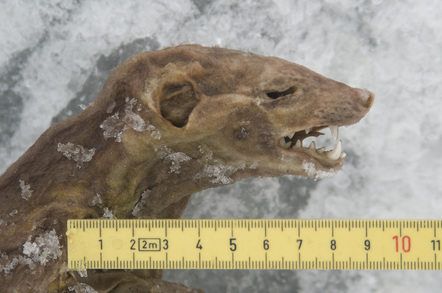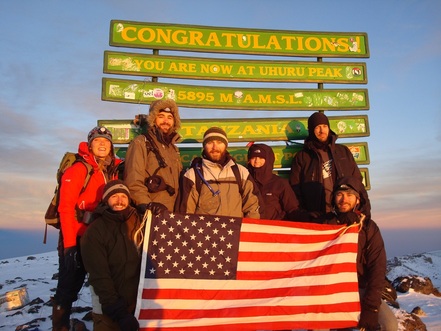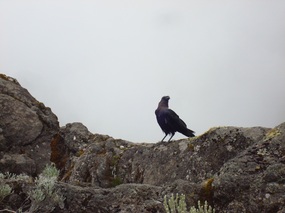Mt. Kilimanjaro Animal Sightings
How will this data be used?
|
The Project
If you are planning to summit Mt. Kilimanjaro, we need you! Volunteers will collect data on observations of mammals – dead or alive – at high elevations on Kilimanjaro (above 4,000 m or 13,000 ft).
Background & Conservation Value Researchers began climate and glacier research on the mountain in 2000, and since 2004 have documented at least 5 species of mammals and 5 bird species within the summit crater. Are animals climbing and flying to high elevations on the mountain with increasing frequency? Are transient animal sightings more prevalent than the published literature indicates? Documenting the relative frequency of animal movements high on the mountain will improve understandings of mammal distributions and travel in northern Tanzania. In addition, discovery of mummified remains emerging from the ice offers an exceptionally valuable tool for understanding the history of glaciers on Kilimanjaro; all opportunities to radiocarbon date such finds will be lost once the glaciers disappear. How Can You Participate?
If you are hiking, climbing, or glacier exploring on Mt. Kilimanjaro, you are invited to participate in several ways.
1. Most valuable to our study are direct observations, or first-hand sightings, of dead or alive animals high on the mountain, accompanied by photographs, coordinates and elevation obtained by GPS. For carcass discoveries, observations should be made prior to any disturbance and photos should include an object of known size for scale (e.g., lip balm container); notifying us as soon as possible will be critical. 2. Audio recordings would also be helpful in cases of vocalizations and nocturnal observations. 3. Also valuable is any information which can be learned through discussions with guides and porters, who spend considerable time high on the mountain each year. 4. Guides can also be encouraged to report any future observations, especially if they can be documented with photographs and GPS. Even if full details are not available though, second-hand accounts could prove useful in corroborating other observations. |



